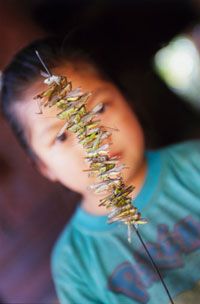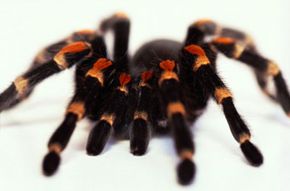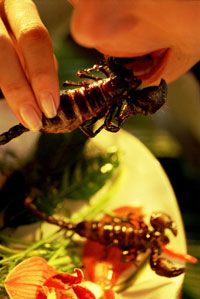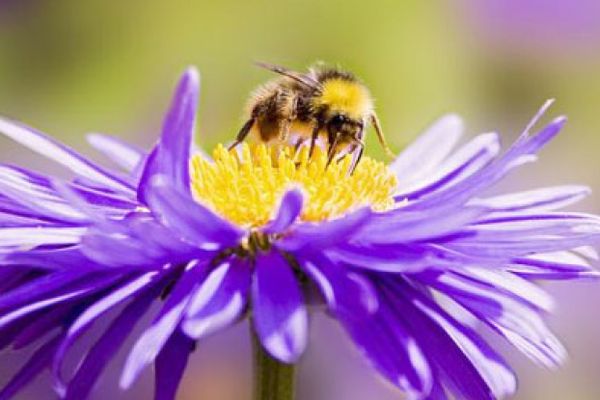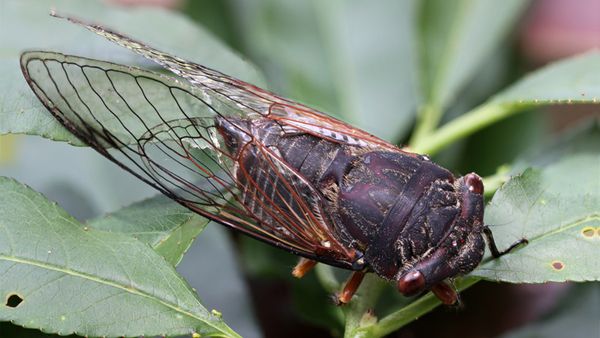In the 1973 children's book "How to Eat Fried Worms," Billy, the young protagonist, downs 15 worms in 15 days for 50 bucks. On the American game show "Fear Factor," contestants wolfed down larvae, cockroaches and other insects by the handful for a shot at $50,000. It seems that in Western culture, the only time anyone eats an insect is on a bet or a dare. This isn't true in much of the rest of the world. Aside from in the United States, Canada and Europe, most cultures eat insects for their taste, nutritional value and availability.
The practice is called entomophagy. Chimpanzees, aardvarks, bears, moles, shrews and bats are just a few mammals aside from humans that eat insects. Many insects eat other insects -- they're known as assassin or ambush bugs. Some even go Hannibal Lecter on their own kind. Insects are high in nutritional value, low in fat and inexpensive. So why do Americans and Europeans go out of their way to avoid eating them -- even going so far as to spray their fruits and vegetables with dangerous pesticides? It's called a cultural taboo.
Advertisement
What many of these folks don't realize is that they consume loads of insects every year without knowing it. The Food and Drug Administration has a list of the amount of insects they allow in packaged food in a report called "The Food Defect Action Levels: Levels of natural or unavoidable defects in foods that present no health hazards for humans." If you're brave, you can look this list over to find that five fly eggs or one maggot is allowed in a can of fruit juice. How does 800 insect fragments in your ground cinnamon sound? Do 30 fly eggs or two maggots in your spaghetti sauce make your mouth water? Give this some thought next time you shop for your prepackaged food.
In this article, we'll see what the hullabaloo is over entomophagy. We'll look at the history of the practice, what cultures are doing it and how the bugs are typically prepared. We'll also give you an idea of what some of these crawly critters taste like and offer some tasty recipes if you're interested in giving entomophagy a shot.
Advertisement
